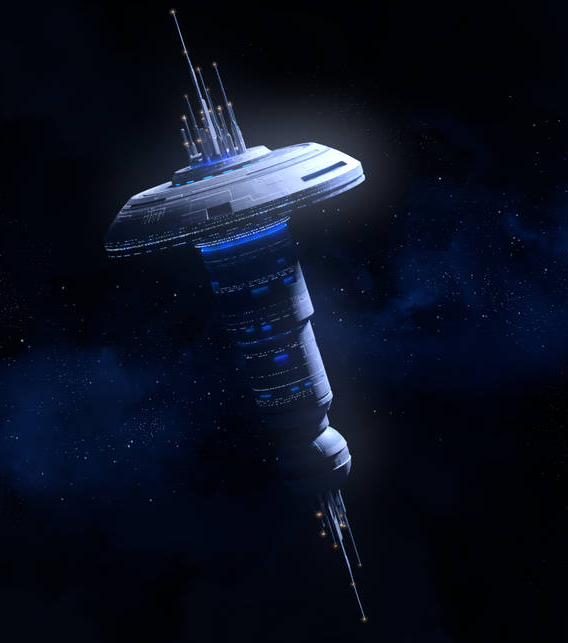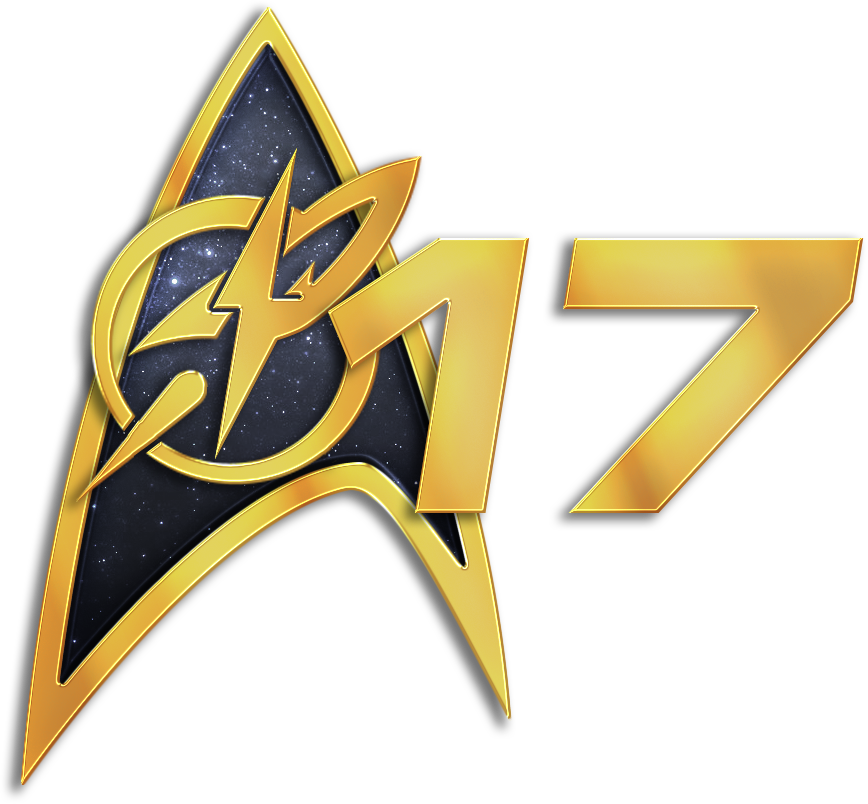Deep Space 17

| |
| Deep Space 17 | |
| Information | |
| Registry | DS-17 |
| Class | |
| Affiliation | |
| Commissioned | 2397 |
| Location | |
| System | Lioh |
| Sector | Typhon 252 |
| Quadrant | Beta Quadrant |
| Assignment | |
| Role |
Task Force 17 headquarters |
| Task Force | [[Task Force 17]] |
| Personnel | |
| Commanding Officer | Captain Erill'Yun Mek |
| Station Populations |
|

| |
| Template:Starbase | |
[[Category:Task Force 17]]
Deep Space 17 is a Canopus-class station located past the edge of Federation space coreward from the Romulan Free State in the Lioh system. Its primary mission is to support long-range exploratory missions deep into the Beta Quadrant, which are spearheaded by the Fourth Fleet’s Task Force 17. A week away at maximum warp from the nearest major starbase, this is the last way-station for vessels headed towards areas of space never before explored.
History
The Lioh system was first surveyed in the 2330s, and was noted for having a strangely low amount of both carbon and metal–meaning very very little in the way of rocky bodies like terrestrial planets–but four enormous gas giants orbiting far from a blue giant. As there were no M-class worlds to explore, the system’s file was left untouched for the next sixty-five years. In 2395, Starfleet assessed that the large amounts of deuterium and solar energy would make it the perfect place for a deep-space fueling depot. With the Romulans’ status still in question, it was considered critical to Federation security that an outpost be established from which to launch long-distance scouting missions beyond and around their space.
Starfleet authorized the construction of a Canopus-class station later that year. It was constructed in sections and towed into place, like many deep-space stations, slowly over the next two years, coming online in 2397. Meanwhile, a massive solar power array was constructed to power an anti-deuterium refinery, which would be fed by automated deuterium collection facilities on each of the four gas giants in the system. The energy reserves in this system would be able to sustain deep space operations in the region indefinitely.
Starting in 2399, Starfleet’s turn towards pure exploration was taken up by the Fourth Fleet, and by 2400, Deep Space 17 became the new headquarters for Task Force 17, the fleet’s deep-space exploratory group.
Current Status
As one of Starfleet's newest installations, an aura of intrigue still surrounds Deep Space 17. On the very edge of explored space, the station marks one of the coreward-most points of Federation space. Like a lighthouse looking out towards the mysterious seas of old, the starbase's familiar shape is a welcome sight for starships returning from the depths of the unknown.
A subspace beacon shines out from DS17's communications array to guide these ships back home. Explorers are, however, not all that wash up on the Federation's shores. Species never before seen by Alpha Quadrant eyes have been known to emerge from the black; some seeking, some running and some with no purpose at all. Space dwelling organisms, non-corporeal life, machines and gods from beyond the frontier might occasionally be swept up in the galactic tides.
The Typhon Expanse, a murky realm of subspace interference and temporal distortions, looms large. Still not fully explored even at the dawn of the 25th Century, apparitions pulse and fade, sensor ghosts distract, and temporal mirages lure unsuspecting travelers to grisly fates in this pocket of space where there is always more than meets the eye.
Deep Space 17 personnel are often reminded of the base's mandate to look inward, too. The Romulan Free State and Romulan Star Empire both stand between it and wider Federation space. These two volatile fragments of a galactic hyperpower are to be watched closely, and not to be trifled with.